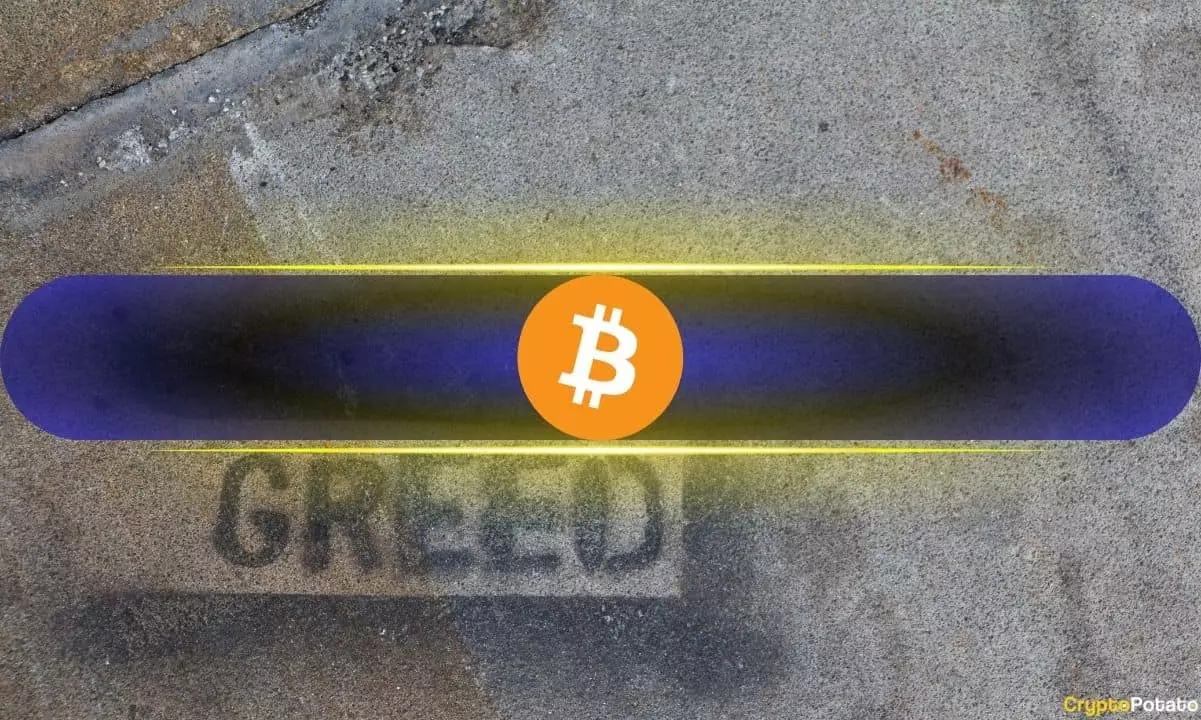The cryptocurrency market is known for its volatility, and recent events surrounding Bitcoin (BTC) are a testament to this nature. As Bitcoin has recently surged above the $60,000 mark, the sentiment among investors has shifted dramatically from fear to greed. This change can be quantitatively observed through the Fear and Greed Index. This index serves as a measure of market sentiment, providing a snapshot of emotional states that investors experience at different moments in the market cycle. On the latest readings, the index has skyrocketed into the greed zone, indicating that many traders are optimistic about Bitcoin’s trajectory.
The Numbers Behind the Sentiment Shift
As of mid-October, the Fear and Greed Index showed a value of 71, reflecting an environment where traders are eager to capitalize on the rising prices of Bitcoin. This index had previously dipped to lower levels, specifically at 32 just a week prior when Bitcoin momentarily fell below $60,000. A historical review reveals that the index had been teetering on the edges of fear and neutrality throughout September, suggesting a period of uncertainty among investors preceding the recent price rally. The rapid rise of Bitcoin from the $62,000 range to touch $68,000 at its peak demonstrates the sharp market movements that fuel both mania and FOMO (Fear of Missing Out) among potential investors.
The current sentiment reflects the compelling psychological phenomenon of FOMO, which often drives traders to act impulsively in response to market movements. It is critical to recognize that while this greed may fuel short-term gains, it can culminate in equally dramatic corrections when market conditions shift. Notably, the last time the index hit similar levels was in late July, when optimism surged but quickly turned sour after external market pressures, such as the Japanese yen crisis, led to a rapid decline in Bitcoin’s value.
Such swings in market sentiment can provide valuable insights for traders and analysts alike. The influence of external factors, such as geopolitical events or systemic economic shifts, cannot be underestimated. Typically, lower price levels incite fear among investors, leading to potential buying opportunities that savvy traders take advantage of. Conversely, rising prices tend to elicit greed, presenting the risk of market corrections when investors start to act based on emotion rather than data-driven analysis.
Despite the potential for adverse movements in Bitcoin’s price, there are underlying factors that suggest continued demand may support its value. The anticipation of a second leg in the current bull market cycle reinforces a cautiously optimistic outlook among many investors. While short-term volatility is expected and should be prepared for, long-term fundamentals might dictate an altogether different narrative. For now, investors should remain vigilant as they navigate this optimistic yet uncertain landscape, balancing their strategies between seizing opportunities and managing risks.


Leave a Reply